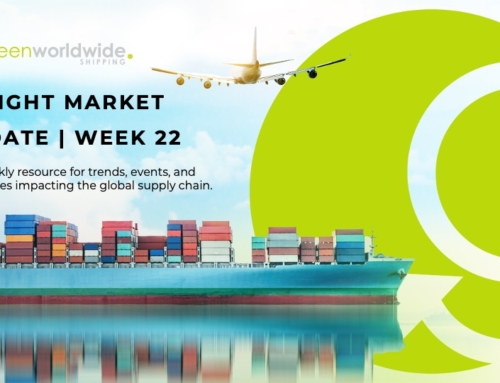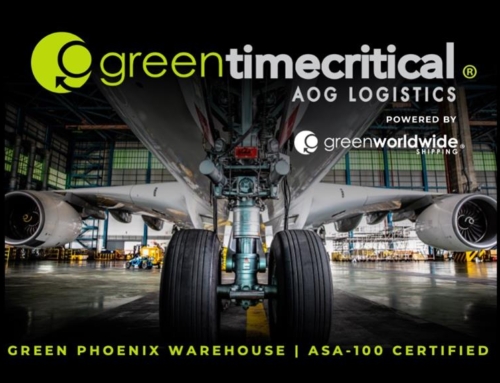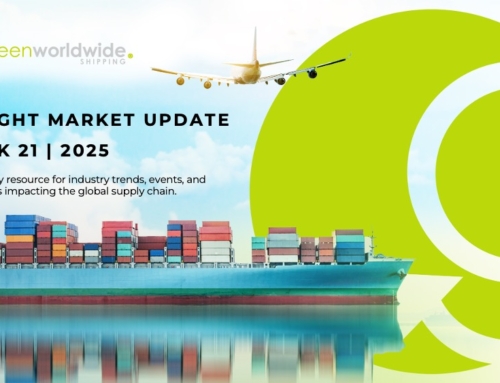Many retail companies are rethinking their supply chain strategies in response to volatile market conditions brought on by the global pandemic, as well as changing regulations and price fluctuations. Not only are brands focusing on offsetting higher costs caused by these disruptions, but many are also committed to prioritizing visibility, resiliency, and flexibility within their networks, to ensure they are able to meet consumer demands.
Offsetting Cost Inflation
A strategy that several retailers have chosen to implement is to offset current shipping costs with product price increases. Some of America’s most popular household goods and refreshment brands have recently announced price hikes of select products to combat the ongoing supply chain issues. Specific trade lanes have been impacted by congestion and rising costs more than others, leading shippers to believe they cannot rely on suppliers from strictly one market going forward, and instead, must adjusting their procurement strategies by potentially moving manufacturing operations to multiple regions.
Customer Perceptions
Another major issue that retailers are facing is diminishing brand reputations. Freight congestion has led to extreme product shipping delays and consumers have not been forgiving. To better manage sudden changes in demand and unpredictable supply chain factors, companies are investing in advanced visibility platforms that allow them to have direct, real-time conversations with their customers and shipping partners. Organizations have learned that having a resilient and flexible supply network outweighs the benefits of speed in select industries.
Current Trends
- Ongoing heavy congestion at the ports of Long Beach and Los Angeles.
- Heavy airfreight congestion at Chicago O’Hare airport.
- Major container shortages throughout Asia causing departure delays.
- Severe congestion at hub ports in Europe after the Suez Canal incident delayed 400+ vessels, leading to bottlenecks.
It is unclear whether retail shipping and logistics will return to pre-pandemic conditions, or if consumer behaviors have permanently shifted and evolved the market. In either case, retailers are aware of the need to re-think their approach to supply chains to remain competitive in the future.
Stay up-to-date on freight and trade news by following us on LinkedIn, Twitter, and Facebook. For continuous updates, make sure to check out our website at greenworldwide.com.






